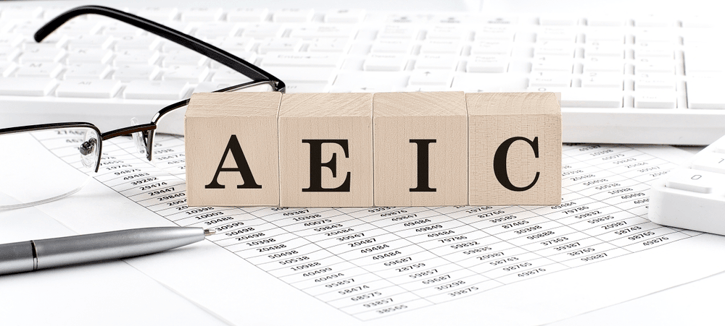-
-
Last updated: 4 September 2024
In this article, we'll journey through the history of the Advanced Earned Income Credit, from its inception to its challenges.
When did the advance earned Income credit get started?
Originally designed to assist families with children whose earnings fell into a low-income bracket, the Earned Income Credit was established in 1975. Earned Income Credit is one way to encourage people to work and a substitute for government welfare programs and was viewed as an alternative to government welfare.
Advance Earned Income Credit was first introduced in 1978. A working individual can receive advanced Earned Income Credit payments throughout the year rather than waiting until a lump sum is given every year.
Are there any challenges associated with the advanced earned Income credit?
Advance EIC also suffered from administrative difficulties and compliance problems. A study conducted by the General Accountability Office, also known as the Government Accountability Office, examined the Advance Earned Income Credit provided by the US Department of Labor. It was discovered that 80 percent of those who applied for the credit needed to meet the required criteria.
A very small percentage of individuals qualify for the Advance Earned Income Tax Credit. Employees believed they had to pay back the money they had been given by the time they submitted their tax forms. Some people prefer to make a one-time payment.
When did the advance earned income credit end?
President Barack Obama eliminated the Advance Earned Income Credit in 2010. EIC claims for Advance EIC were no longer eligible after December 31, 2010. The administration estimated that the program had a minor impact as a benefit since less than 3% of eligible individuals used it.
The Advance EIC was also repealed due to administrative issues and non-compliance issues. According to the General Accountability Office, more than 80% of the people who received advanced credit were found to have violated one or more of its standards, with the majority of violators breaking more than one.
After the Earned Income Credit was removed, working families with low incomes continued to receive it. However, a single payment will be made every year for this tax credit. As a result, the government could no longer provide Earned Income Credit advances.
What replaced the advance earned income credit end?
The Advance EIC option did not replace a taxpayer's ability to obtain an advance on their tax return. Taxpayers working for low-income families still receive the Earned Income Credit, so their taxes will still be reduced. The credit will come in the form of a lump sum rather than incremental adjustments to their paychecks over a period of time.

Employee scheduling and Time-tracking software!
Disclaimer
Please note that the information on our website is intended for general informational purposes and not as binding advice. The information on our website cannot be considered a substitute for legal and binding advice for any specific situation. While we strive to provide up-to-date and accurate information, we do not guarantee the accuracy, completeness and timeliness of the information on our website for any purpose. We are not liable for any damage or loss arising from the use of the information on our website.



